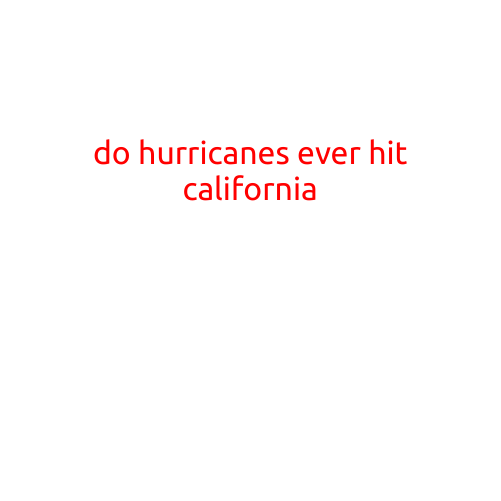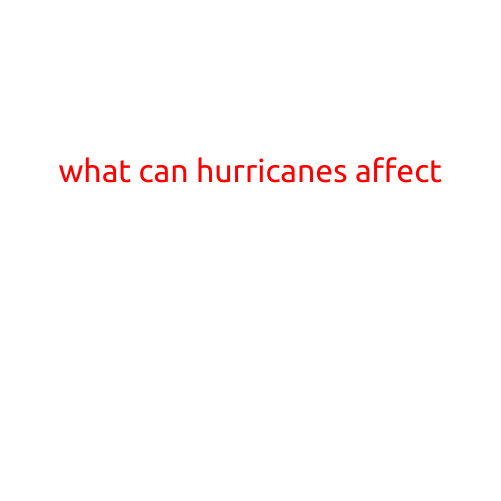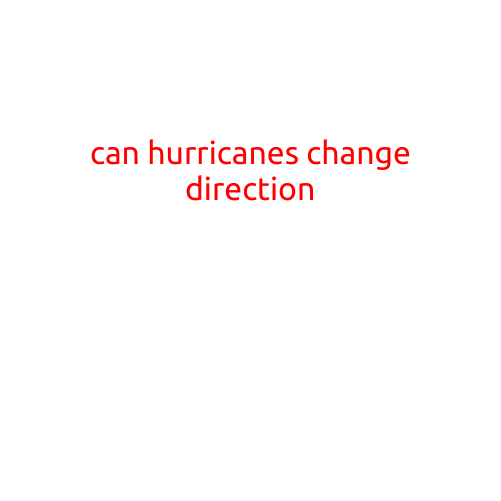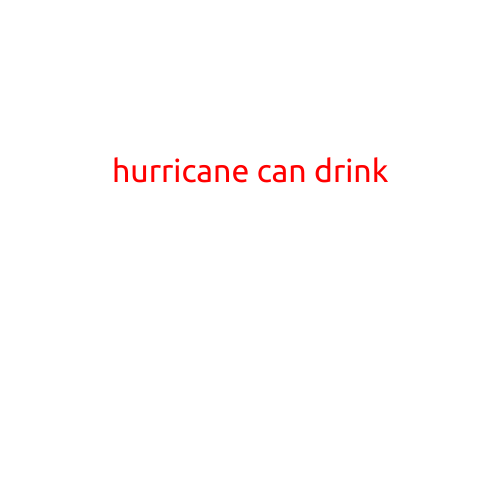
Do Hurricanes Ever Cross the Equator?
Hurricanes are powerful tropical cyclones that form over warm ocean waters in the Atlantic, Pacific, and Indian Oceans. These storms are characterized by strong winds, heavy rainfall, and storm surges that can cause devastating damage to communities and ecosystems. While most hurricanes form in the tropics, a common question asked by many is: do hurricanes ever cross the equator?
The answer is yes, but it’s not common. Hurricanes are fueled by the heat and moisture from the tropics, and the equator marks the boundary between the tropics and the mid-latitudes. As a result, hurricanes typically do not form or persist beyond the tropics, including across the equator.
However, there are some exceptions where hurricanes may cross the equator. These cases are relatively rare and usually occur in specific circumstances:
- Rare tropical cyclone formations: While most hurricanes form within 20° of the equator, some exceptional cases can form closer to or even across the equator. These storms are often referred to as “equatorial cyclones” or “tropical cyclones.”
- Merger with other cyclones: When two or more tropical cyclones merge, they can create a new storm that can cross the equator. This type of merger is more likely to occur in the Pacific Ocean, where multiple storms can develop in close proximity.
- Global wind patterns: Large-scale wind patterns like the trade winds and the subtropical jet stream can influence the movement of hurricanes. If the wind patterns are favorable, a hurricane can move closer to or even cross the equator.
Some notable examples of hurricanes that crossed the equator include:
- Hurricane Kate (1985): This storm formed in the Atlantic and intensified into a Category 3 hurricane before crossing the equator and affecting the northern coast of Colombia.
- Typhoon Vongfong (2020): This storm formed in the Pacific and made landfall in Japan before crossing the equator and affecting the Korean Peninsula.
- Cyclone Nargis (2008): This storm formed in the Bay of Bengal and intensified into a super cyclonic storm before crossing the equator and affecting Myanmar (Burma).
In conclusion, while hurricanes do occasionally cross the equator, these cases are relatively rare and usually occur due to unusual circumstances. The majority of hurricanes form and remain confined to the tropics, posing significant threats to coastal communities and ecosystems along their path.





